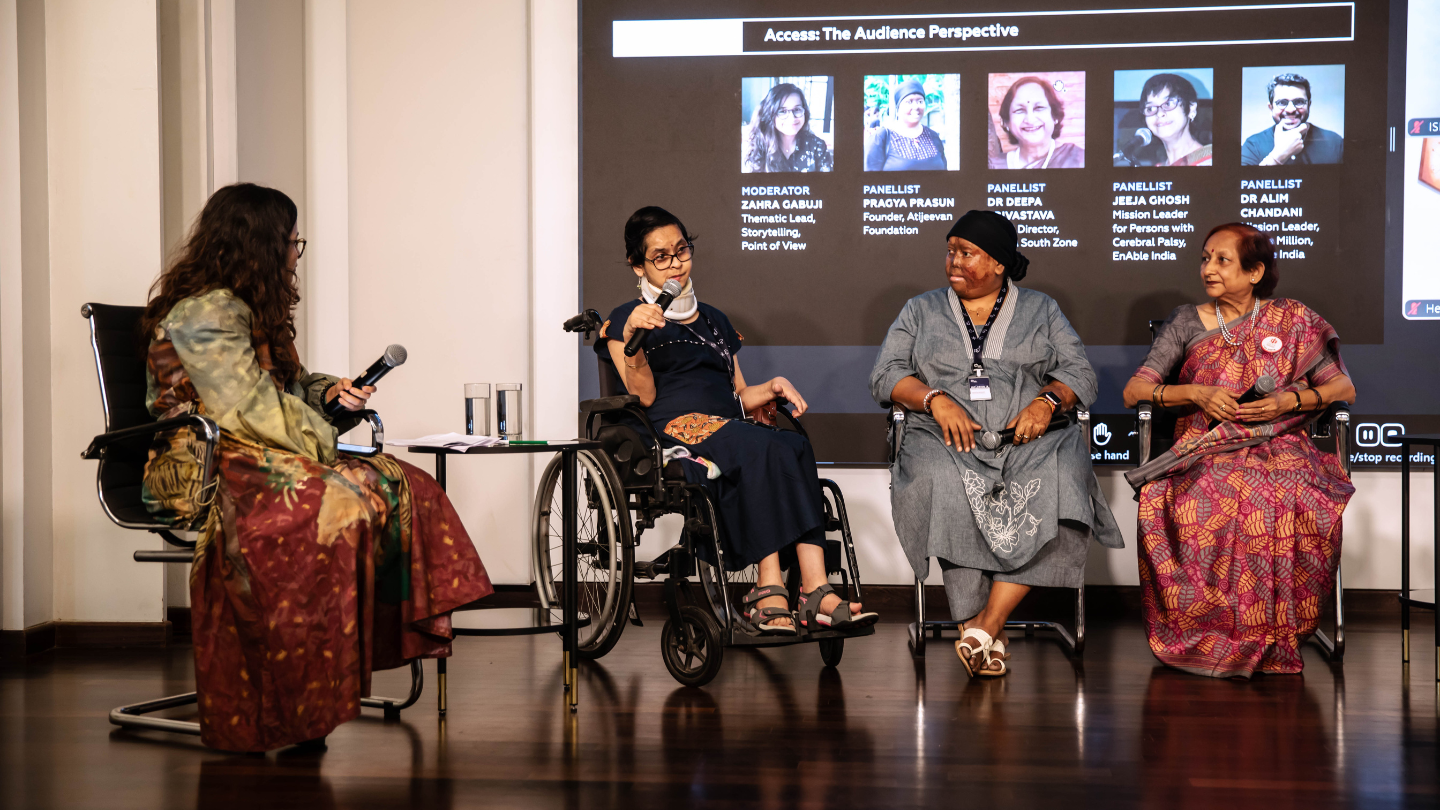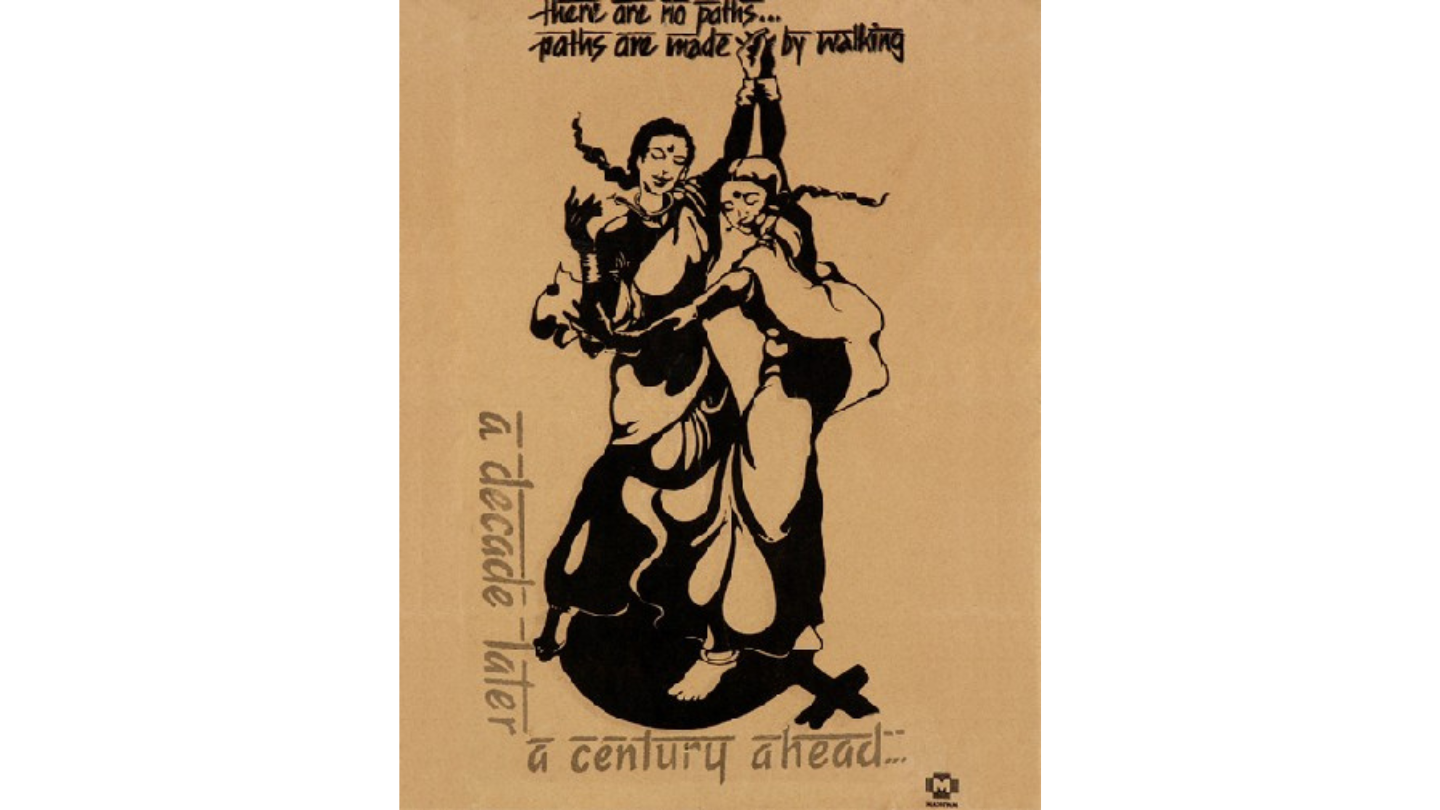Talks
Missionary Enterprise
Sidh Losa Mendiratta

From Konkan to Coromandel presents the pioneering work of scholars in various fields of knowledge researching the Northern and Southern Deccan regions of India. The second lecture in the series, Missionary Enterprise: Old Goa’s Christian religious architecture from the 16th to 18th centuries is led by Sidh Losa Mendiratta, researcher at the Centre for Social Studies, University of Coimbra.
The churches, convents and colleges of Old Goa are among the most spectacular Christian structures built outside Europe during the Early Modern period. Although most of these buildings have disappeared, the ones that remain give us a glimpse of the monumental scale and artistic sophistication of the city’s religious architecture.
This session will explore how the secular clergy and various religious orders appropriated key sites and developed extensive properties within the city, shaping its urban layout. Looking at the abandonment, ruin and dismantling process of Old Goa from the mid-seventeenth century onward, Mendiratta will demonstrate how the religious orders’ activities were part of the cause for this process, but also the main reason why the city was never completely deserted.
From Konkan to Coromandel is organised/produced in collaboration with the Deccan Heritage Foundation, the Centre of Islamic Studies at the University of Cambridge, and the Bangalore International Centre.









